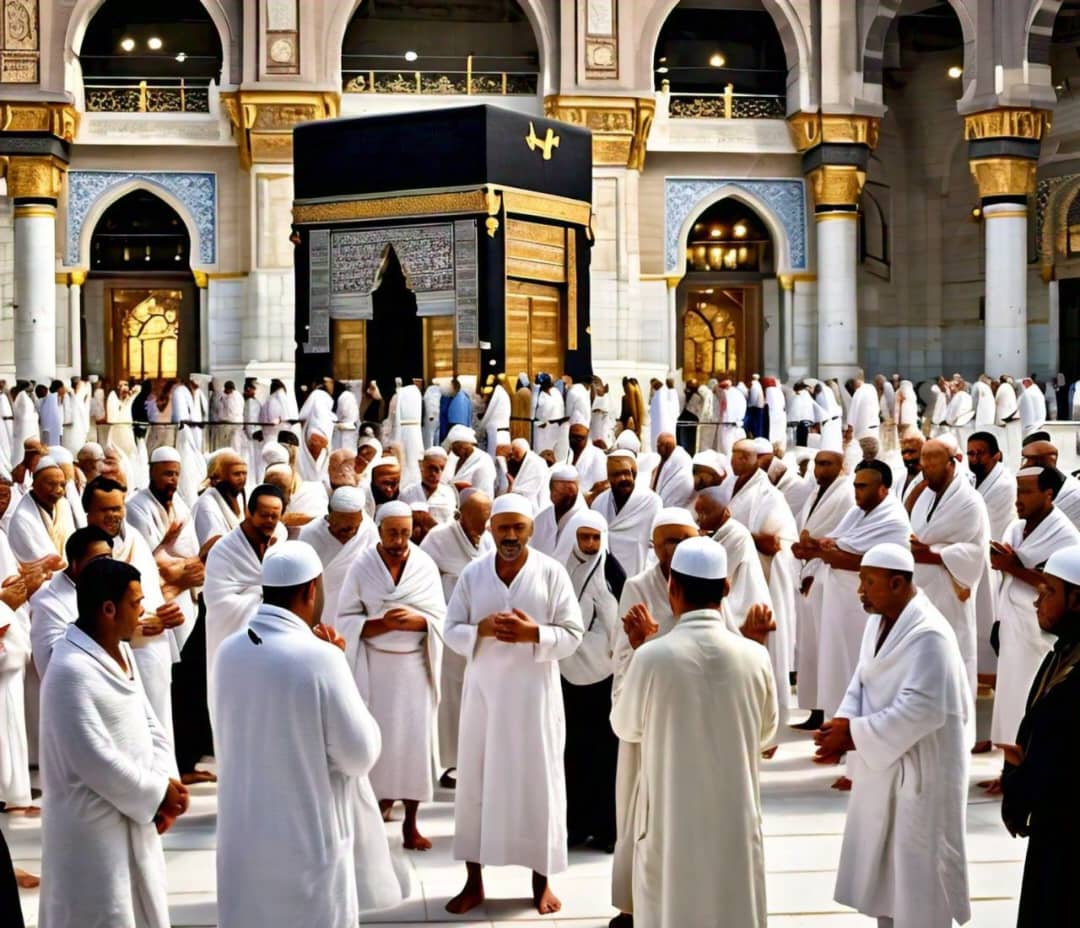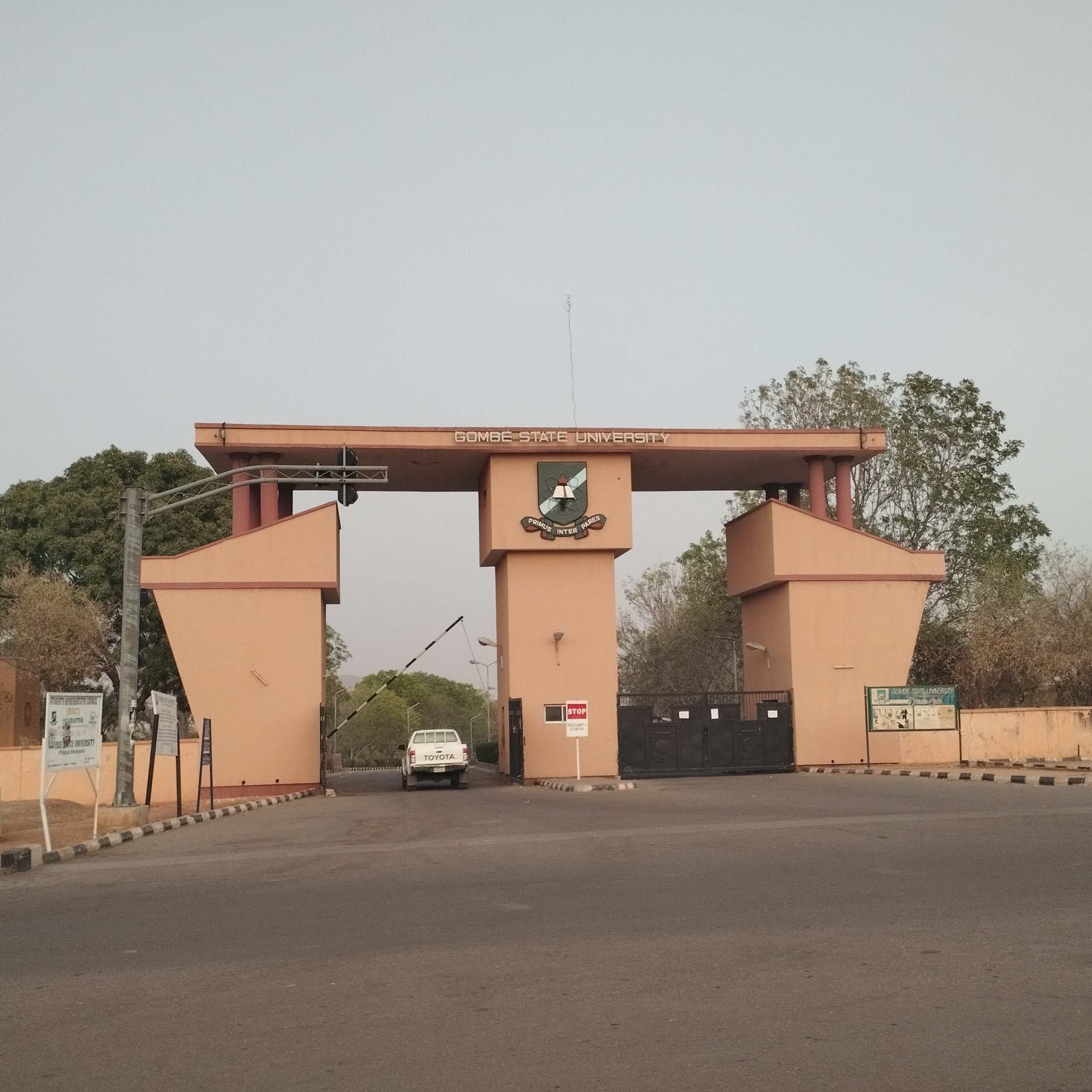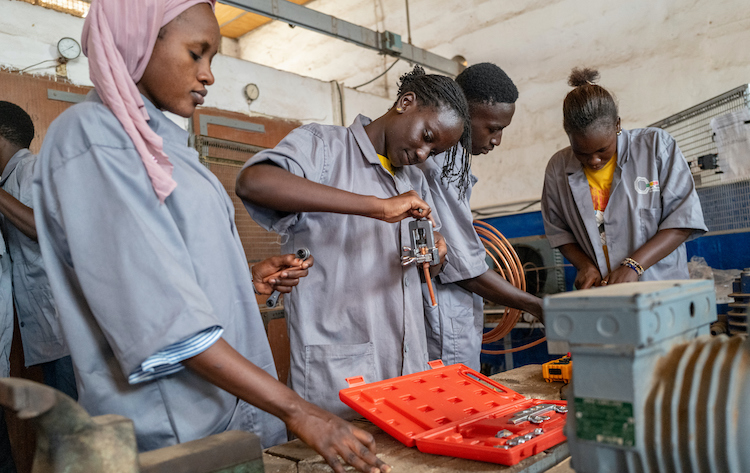Hajj, one of the five pillars of Islam, is a profound spiritual journey that every Muslim is expected to undertake at least once in their lifetime, provided they have the means to do so.
This pilgrimage to the holy city of Mecca is not merely a physical journey but a deeply spiritual one, filled with rituals that reinforce a Muslim’s faith, devotion, and submission to the will of Allah.
The Qur’an, the holy book of Islam, provides guidance and insight into the significance and practices of Hajj, underscoring its spiritual importance.
The Intention (Niyyah) and Ihram
The journey of Hajj begins with the intention (niyyah) to perform the pilgrimage solely for the sake of Allah. This intention is a crucial first step, as it signifies the pilgrim’s devotion and readiness to undertake this sacred duty. The Qur’an emphasizes the purity of intention in all acts of worship, as seen in Surah Al-Baqarah 2:197: “And whatever good you do – Allah knows it. And take provisions, but indeed, the best provision is fear of Allah. So fear Me, O you of understanding.”
Once the intention is made, pilgrims enter a state of Ihram, a sacred state of spiritual purity. Donning the simple white garments of Ihram symbolizes the equality and unity of all Muslims before Allah, stripping away distinctions of wealth, status, and nationality. This act is a profound reminder of the Day of Judgment, where all individuals will stand equal before their Creator.
Tawaf and Sa’i
Upon arrival in Mecca, one of the first rites is Tawaf, the circumambulation of the Kaaba. Pilgrims circle the Kaaba seven times in a counterclockwise direction, emulating the angels who circumambulate the Throne of Allah. This act signifies the centrality of Allah in a Muslim’s life and the unity of believers. The Qur’an refers to the Kaaba as a place of return for mankind and a sanctuary in Surah Al-Baqarah 2:125: “And [mention] when We made the House a place of return for the people and [a place of] security.”
Following Tawaf, pilgrims perform Sa’i, walking seven times between the hills of Safa and Marwah. This ritual commemorates Hagar’s desperate search for water for her son Ishmael. Sa’i is a powerful reminder of patience, perseverance, and trust in Allah’s providence.
The Qur’an mentions this practice in Surah Al-Baqarah 2:158: “Indeed, Safa and Marwah are among the symbols of Allah. So whoever makes Hajj to the House or performs Umrah – there is no blame upon him for walking between them.”
Standing at Arafat (Wuquf)
The pinnacle of Hajj is the standing at Arafat, also known as Wuquf. On the 9th day of Dhul-Hijjah, pilgrims gather on the plain of Arafat, standing in prayer and supplication from noon until sunset. This day is considered the most important of Hajj, as it is an opportunity for pilgrims to seek forgiveness and mercy from Allah. The significance of Arafat is highlighted in the Hadith, where the Prophet Muhammad (peace be upon him) said, “Hajj is Arafat.”
The Qur’an alludes to the importance of Arafat in Surah Al-Baqarah 2:198: “But when you depart from Arafat, remember Allah at al-Mash’ar al-Haram. And remember Him, as He has guided you, for indeed, you were before that among those astray.”
The Rites of Mina and Muzdalifah
After the day of Arafat, pilgrims move to Muzdalifah, where they spend the night under the open sky, collecting pebbles for the following day’s ritual. This humble gathering symbolizes the unity and equality of all pilgrims.
The next phase takes place in Mina, where pilgrims perform the symbolic stoning of the devil (Ramy al-Jamarat). This ritual commemorates the Prophet Ibrahim’s (Abraham) rejection of Satan’s temptation. The act of stoning is a reaffirmation of the pilgrim’s commitment to resisting evil and following the path of righteousness. Surah Al-Hajj 22:36-37 refers to these acts of devotion and sacrifice: “Their meat will not reach Allah, nor will their blood, but what reaches Him is piety from you. Thus have We subjected them to you that you may glorify Allah for that [to] which He has guided you; and give good tidings to the doers of good.”
Eid al-Adha and the Sacrifice
Coinciding with the Hajj is Eid al-Adha, the Festival of Sacrifice. Pilgrims and Muslims worldwide commemorate the willingness of Ibrahim to sacrifice his son in obedience to Allah’s command. Pilgrims perform Qurbani, the ritual sacrifice of an animal, reflecting their readiness to give up their own interests for the sake of Allah. This act of devotion is mentioned in Surah Al-Hajj 22:34: “And for every nation We have appointed a rite [of sacrifice] that they may mention the name of Allah over what He has provided for them of [sacrificial] animals. For your god is one God, so to Him submit. And give good tidings to the humble [before their Lord].”
Hajj is a journey that transcends the physical act of traveling to Mecca; it is a profound spiritual undertaking that reinforces a Muslim’s faith, humility, and submission to Allah. Each ritual performed during Hajj is imbued with deep spiritual significance, reflecting the core principles of Islam. Through the guidance of the Qur’an and the example of the Prophet Muhammad, pilgrims are reminded of their duties to Allah, the importance of unity and equality, and the eternal rewards of righteousness and piety. Hajj is not only a testament to a Muslim’s faith but also a powerful reminder of the ultimate goal of life: to seek the pleasure and closeness of Allah.











